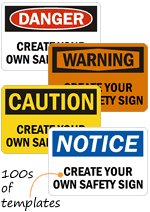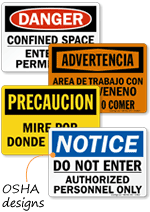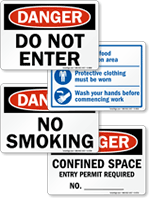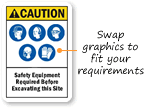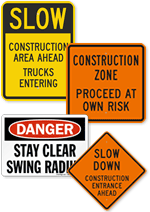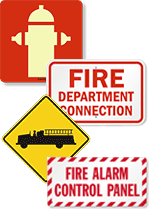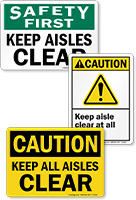VIDEO: Missing fall protection on a flat roof! #HazardSpotting
#HazardSpotting is a community safety initiative that helps raise awareness about dangerous workplace safety violations. Our audience submits pictures, and we write an article with insight from featured safety professionals. This thirteenth post was spotted pretty close to home, and we were lucky to have a friend in the construction industry here in Brooklyn take a look and confirm our hazardous suspicions.
Just over a month ago, OSHA released their top 10 violations of 2013 and no one in the safety industry was surprised when fall protection topped it yet again. Our crack team of hazard spotters could tell you that would happen, just based on how often we see inadequate fall protection mentioned as a endemic and deadly problem on job sites. And recently we spotted the problem in action, right outside our own office windows here at MySafetySign on a sunny New York afternoon:
As you can see above, the worker is doing some sort of repair or maintenance, involving some wiring between the rooftop and the doorway below. The video is only a fragment of his work time on the roof: in photos below, you can see him stepping over knee-high tripping hazards and leaning several times over the sides of the roof, which rises about two stories above the lower surface, which was also full of temporary construction materials.
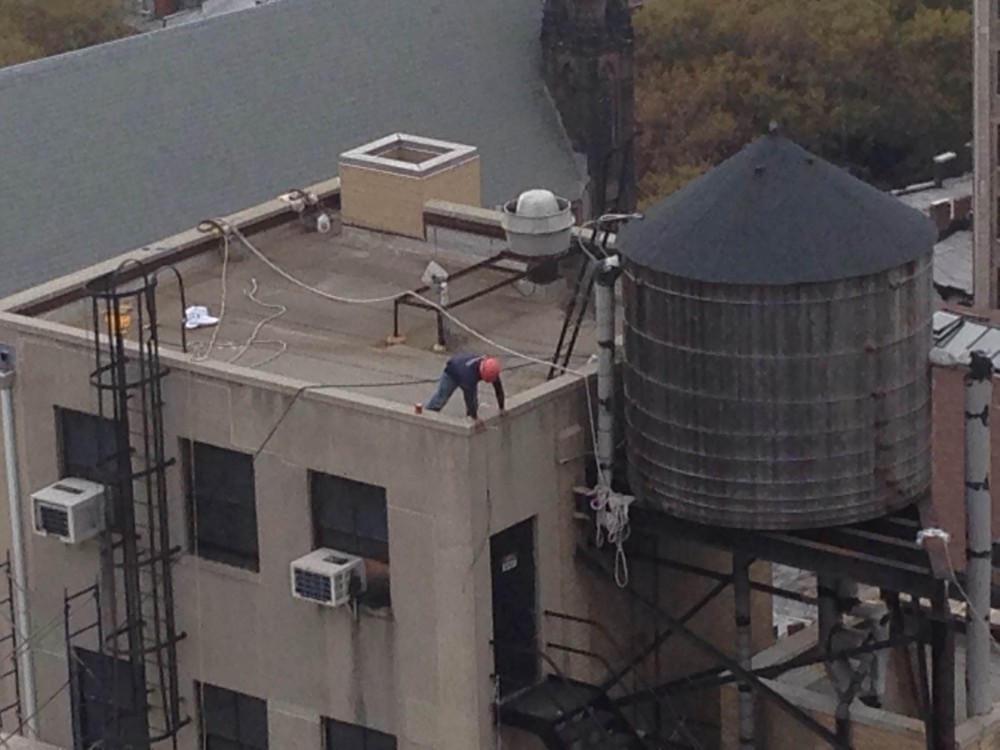
This worker wasn’t wearing any personal fall arrest system during his time on the roof. [Click to enlarge]
Fall protection should be in use
But the fall protection kicks in for any work that’s not a “safe distance” from the edge of the roof, regardless of the pitch. We asked one of our contacts in the construction industry whether this worker has the protection of the parapet wall, but he surmised that the parapet here is less than 42 inches (it looks about two feet tall, at most) and that means it doesn’t count as fall protection.
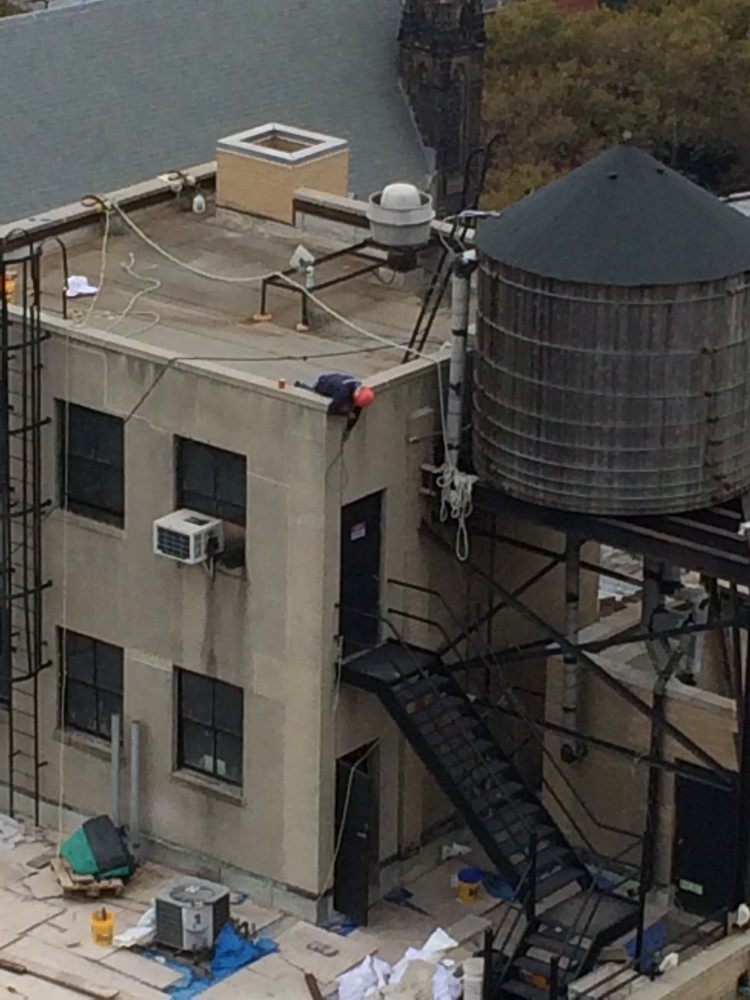
The worker leaned his body over the leading edge, reaching down to do repairs and putting himself in danger for a fall. [Click to enlarge]
Trip hazards make things worse
There were also trip hazards present on the roof; several times, we watched this worker step over a knee-high rope going from the far edge of the roof to the center. It’s possible that this rope is part of a hoist system, and hoist points are another area that OSHA refers to as a “common hazard” for falls. As you can see, the rope extends the full length of the roof and is absolutely a trip hazard.
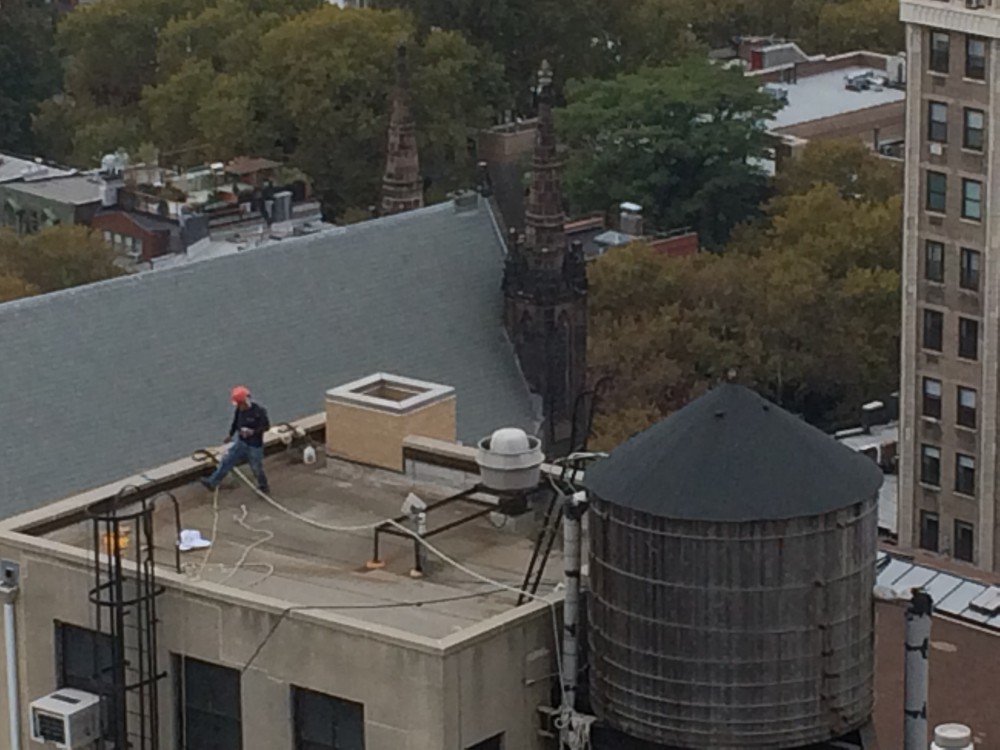
There were trip hazards present on the roof, too, which exacerbated the situation. [Click to enlarge]
Reassuringly, we did see this daredevil worker make it safely back inside the building after his ill-advised roof maneuvers. Unfortunately, that doesn’t always happen; over a third of the fatalities in construction alone, in 2012, were caused by falls, which are often caused by inadequate fall protection.
More about #HazardSpotting
Think you’ve seen an unsafe work condition? Whether it’s construction, manufacturing, or food safety, we’ll investigate the hazard. Snap a picture and share your story with us by sending an email to the editor at Krissa (at) SmartSign (dot) com. We’ll write a post and consult a safety expert.
Category: #HazardSpotting


